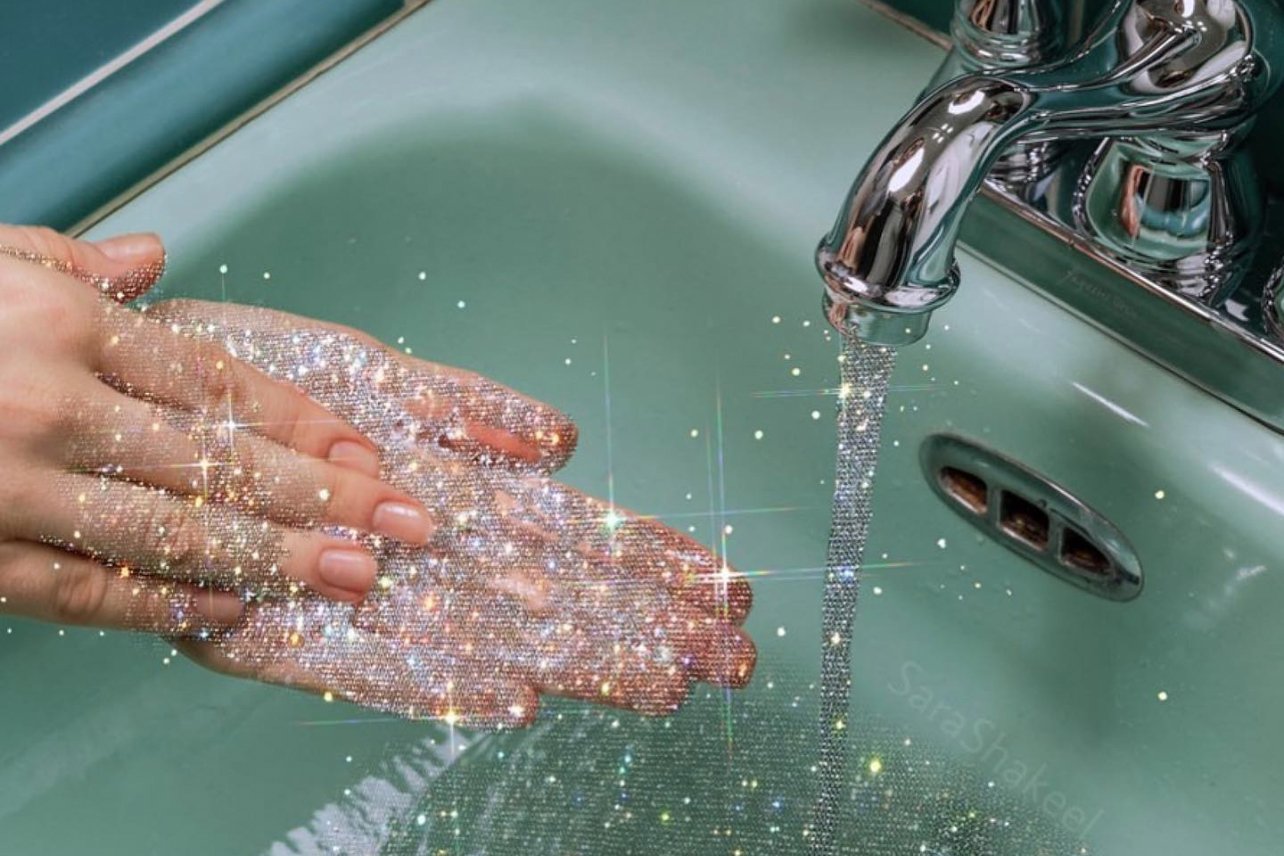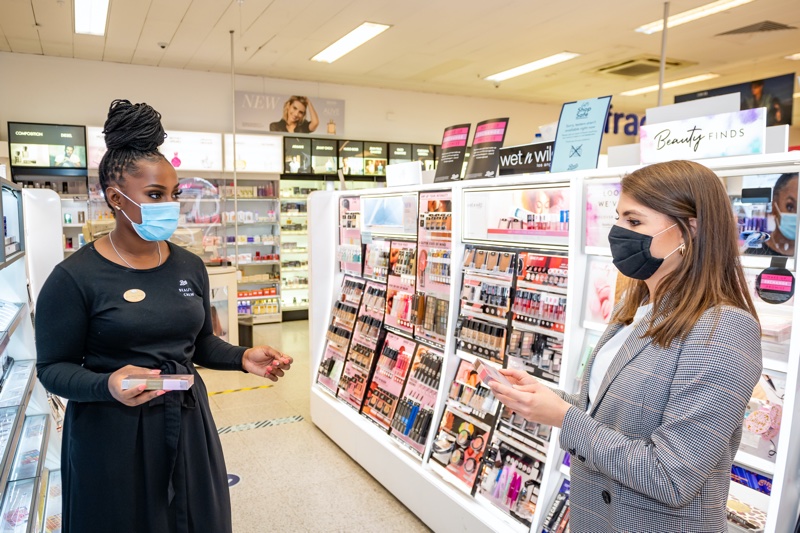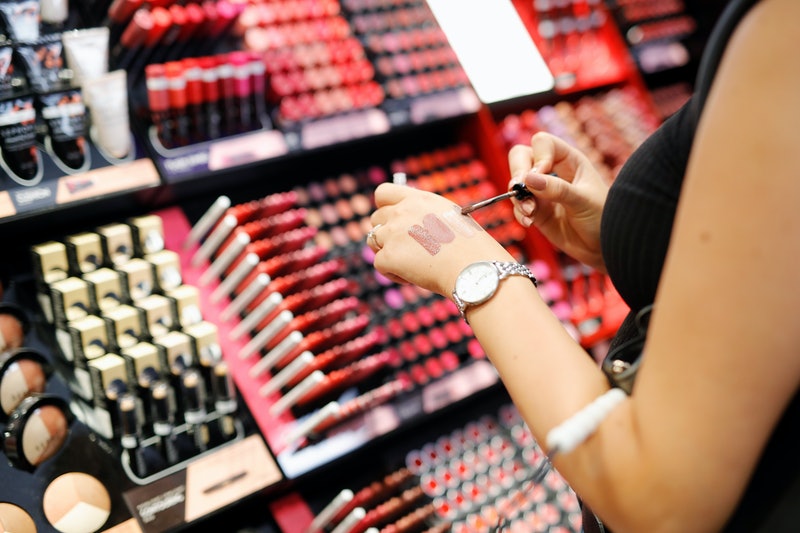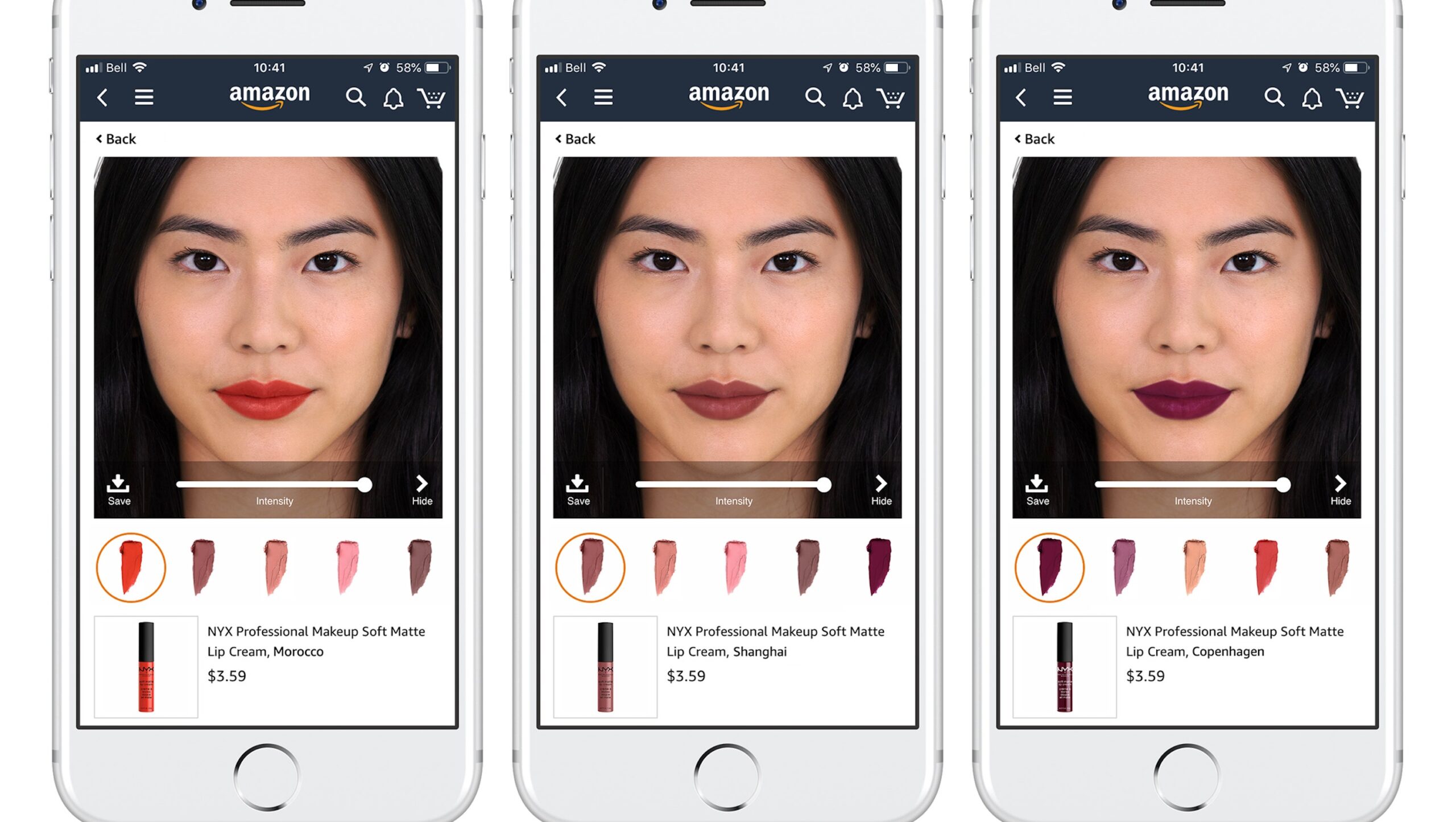Last year, when the Covid-19 pandemic first hit, beauty testers were immediately removed from store’s shelves. In order to supply the demand for makeup testers, technology took place with digital try-on alternatives. Now that we know better about the virus transmission, and as people are being vaccinated, is it the right time for the return of beauty testers?
Beauty testers have recently started to make their return and they now reappear in most cosmetic stores, such as industry leaders Sephora and Ulta Beauty. Tester samples are shareable products commonly touched by several people every day, which turned them into a threat when the pandemic first hit last year. Because we used to believe that the coronavirus was highly transmitted through surfaces very easily, the testers got removed from stores, especially eye and lip products. After over a year of dealing with the Covid-19 pandemic, we now have a number of scientific studies proving that the transmission index through contact with infected surfaces is considered very low, as the main transmission vehicle is through aerosols – meaning air. For this reason, the best behavioral manners to protect ourselves from this terrible virus is by wearing face masks according to the official policies implemented, reinforcing hand hygiene habits, and keeping social distancing practices – which does not justify the elimination of testers.
When it comes to going back to beauty stores and trying on makeup, for example, it is now a practice accompanied by a few changes. Instead of the typical product demonstration given by sales assistants, they now guide consumers on how to apply products themselves on their own, doing so to avoid touching people. In addition, more rigid and rigorous product cleaning protocols have been implemented by beauty stores to ensure safety. Disposable materials like brushes, mascara spools, tools, and appliers have been introduced and reinforced. As well, product samples are now wiped down with sanitizers before and after each use. Some products like lipsticks, as an example, already used to be cleaned by store staff members in case customers wanted to apply it to their mouths. It is safer to try-on products on our hands instead of on our faces, as now, in order for customers to test merchandise in-store, they need to first sanitize their hands.
Moreover, beauty testers actually made their return to our favorite cosmetic stores because consumers demanded it. Even though technology was helpful with its online try-on tools while we were all locked at home, now that stores are back open again, the physical and tactile experience is preferred. Besides, people are eager to live life as it used to be pre-pandemic, with more human interaction and sensorial experiences, so “normality” needed to return. Virtual and augmented reality tools seem to have helped consumers to evaluate how much they like a product, but hitting the brick and mortar store is a differential in customers’ decision to make a purchase. People are now able to swatch a product on the back of their hands in a very sanitized manner, which influences consumption and drives more purchases.
To deal with the beauty testers issue, everything points to the most logical solution: the combination of online tools and in-store experience is most likely to be the future of the beauty industry. Customers will make use of both of them when purchasing beauty products. VR and AR are probably going to be used in the early stages of the purchase decision making, followed by a visit to the closest store location for a final try-on to double-check before really purchasing something. It is all a matter of educating ourselves on how to make everything possible to keep this a safe experience. So, what is your opinion on the return of beauty testers?
Published by HOLR Magazine.





